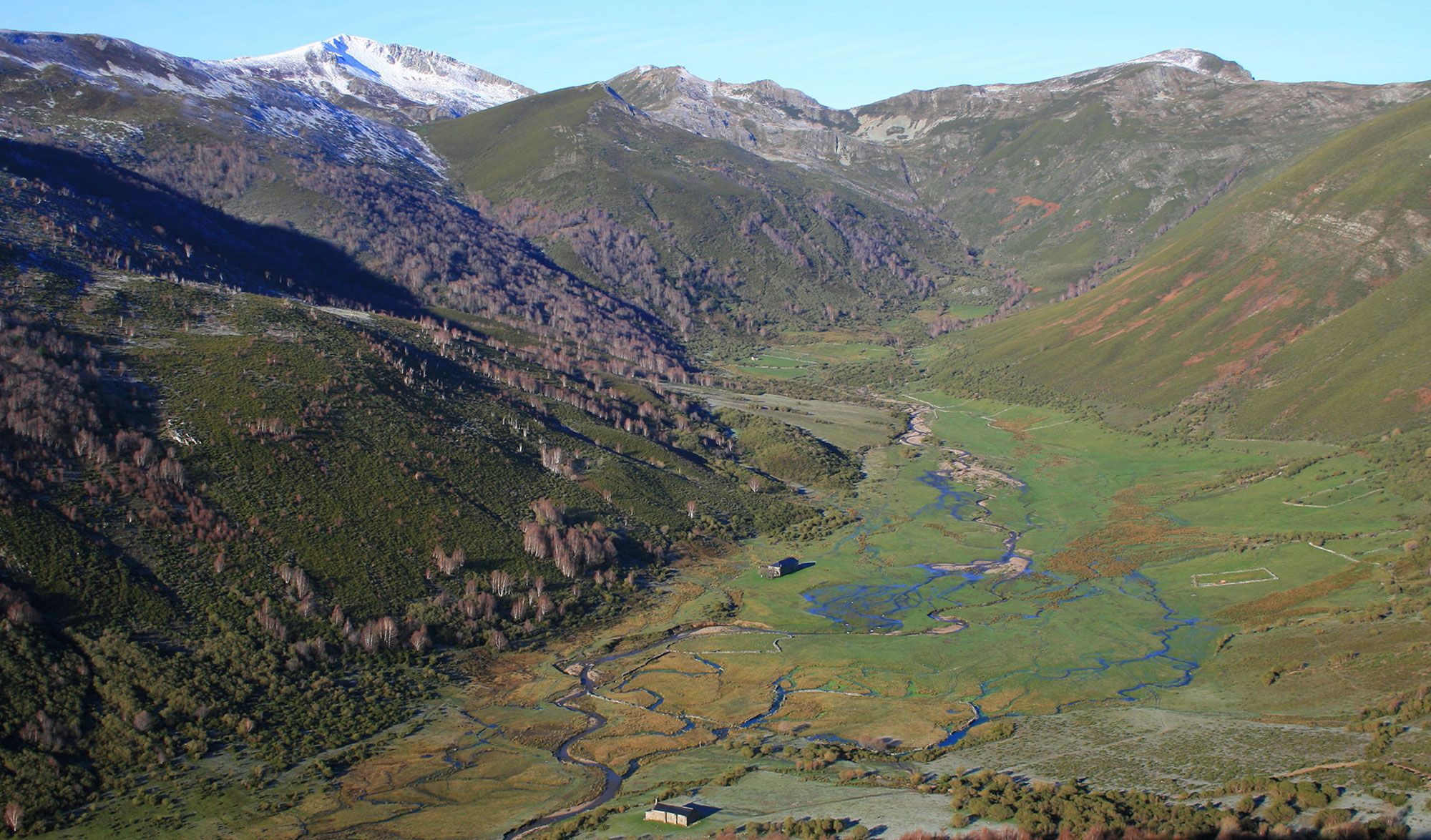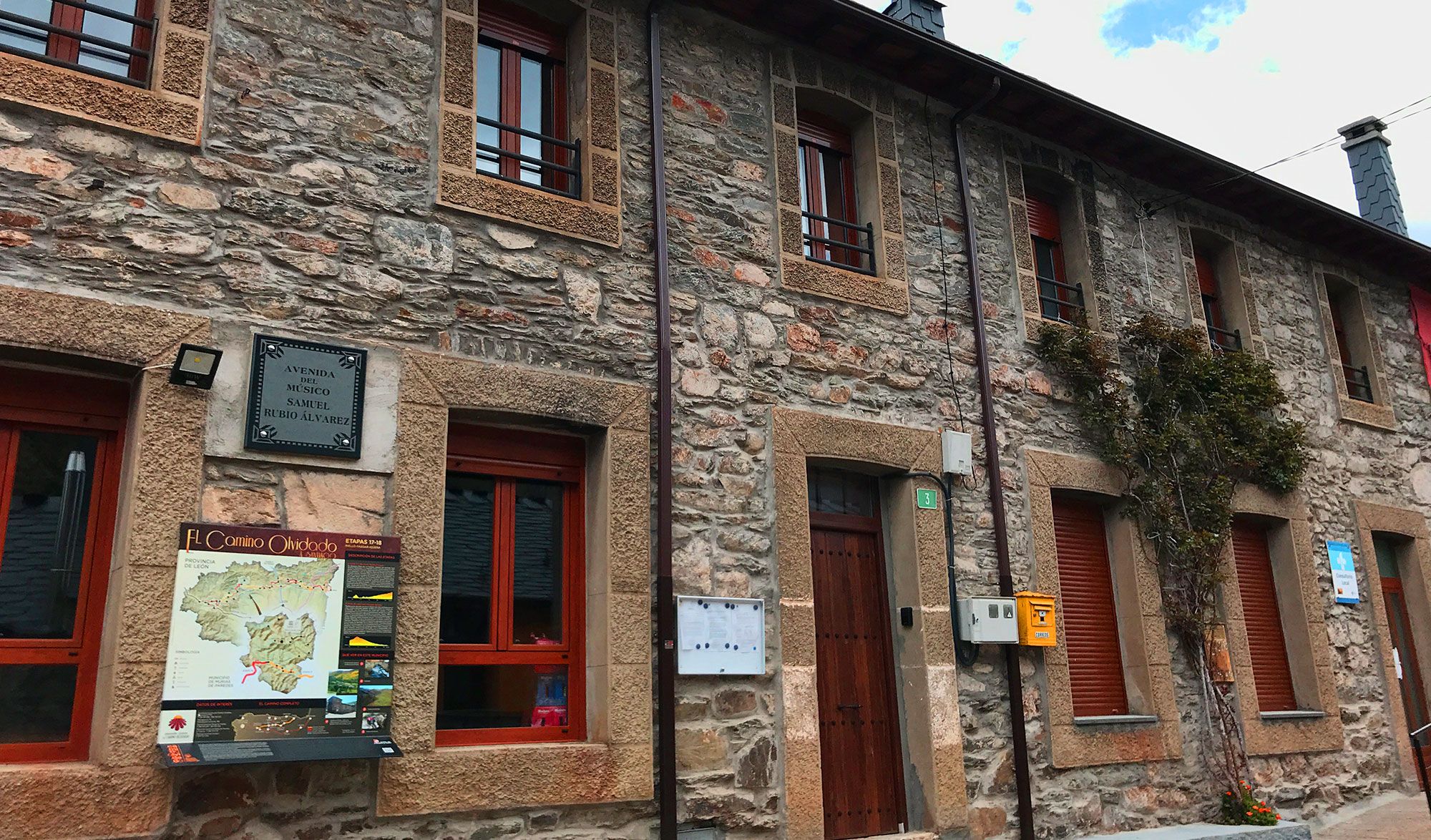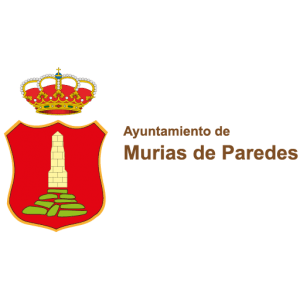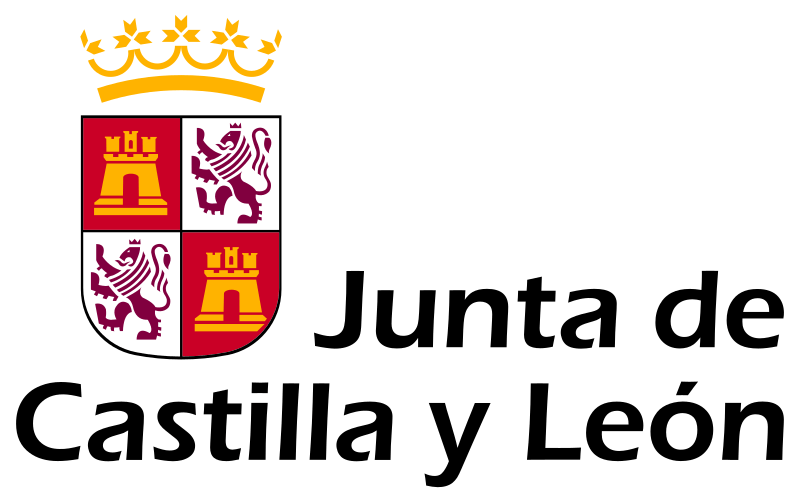THE FORGOTTEN WAY TO SANTIAGO
These villages and paths received from the 11TH to 13TH centuries many pilgrims as they passed through the old Camino de Santiago, or forgotten path, before being replaced by the current French road after the Muslim fold of the peninsula. A history of spirituality that now attracts new pilgrims from the 21ST century.
The forgotten road part of Bilbao and joins the French road in Villafranca del Bierzo. Its stages 17 and 18 travel Omaña Alta, between the villages of Marzán and Fasgar to climb the mythical slope of the Ocidiello towards the Campo de Santiago de Martín Moro Toledano. A route that will not leave you indifferent.
At present, the municipality of Murias de Paredes is developing an active task to signal and maintain this section of the road in correct conditions for the pilgrims who travel.
Stage 17 (28.2 km) Riello-Fasgar
Leave Riello through the leafy oak grove that climbs up to Pandorado and its venerated Marian hermitage, full of tradition. The route continues, descending to the beautiful village of Omañuela, and along the magnificent banks of the Omaña, between alder groves and fresh meadows, it then follows the course of the river, from one bank to the other, through successive villages with hermitages, churches and shrines. Now in the Valle Gordo, it enters Omaña Alta in the village of Marzán. Barrio de la Puente will show you its magnificent medieval bridge, which some attribute to the Roman period. The same happens in Vegapujín, where there is evidence of a road. And in Fasgar, with its stone and slate houses, you can admire its bridges and its hidden chapel of Santiago, in the idyllic landscape of the Campo de Santiago, where the roars of a battle won by the Muslims during the Reconquista still resonate.
Stage 18 (18.5 km) Fasgar-Igueña
Here you can see why the old forgotten Road was also called the mountain path. The three kilometres of ascent from Fasgar are more than offset by the splendorous path that follows the path between exclusive birch with servals, holly, oaks and yew trees. The fountains, with its three spouts of abundant water, are a must stop to regain strength. And by crowning the Collada, the landscape overtakes: the Sierra de Gistredo, with the haughty summits of the course and the Tambarón, and underneath, the imposing glacier Vega that forms the Campo de Santiago, with its solitary hermitage and its shepherds ‘ hut, at the bottom of the valley. After passing in front of the Hermitage, the road follows the wandering course of the Boeza River and in constant descent, reaches the hills of the Campo de Martín Moro Toledano, elegant historic group declared well of Cultural interest, with the unmistakable arch of the Hermitage of the saint Christ and his craft activity. Attn the Boeza by the medieval bridge, there is still a good stretch to Igueña, the final destination of this stage.
Services
Fasgar has a 10-seater Pilgrim’s Hostel and bar service.
Phone: 607 027 949
INFORMATION OF INTEREST
Health Care-Emergencies: 112
Guardia Civil: 062
Civil Protection: 112
Information Adif (TRAINS): 902240202
Airport: 902404704
LINKS:
Asociación Leonesa del Camino Olvidado
www.turisleon.com
www.caminosantiago.org
www.caminosantiagoleon.es
www.caminodesantiagoastorga.com
www.amigoscaminobierzo.org




